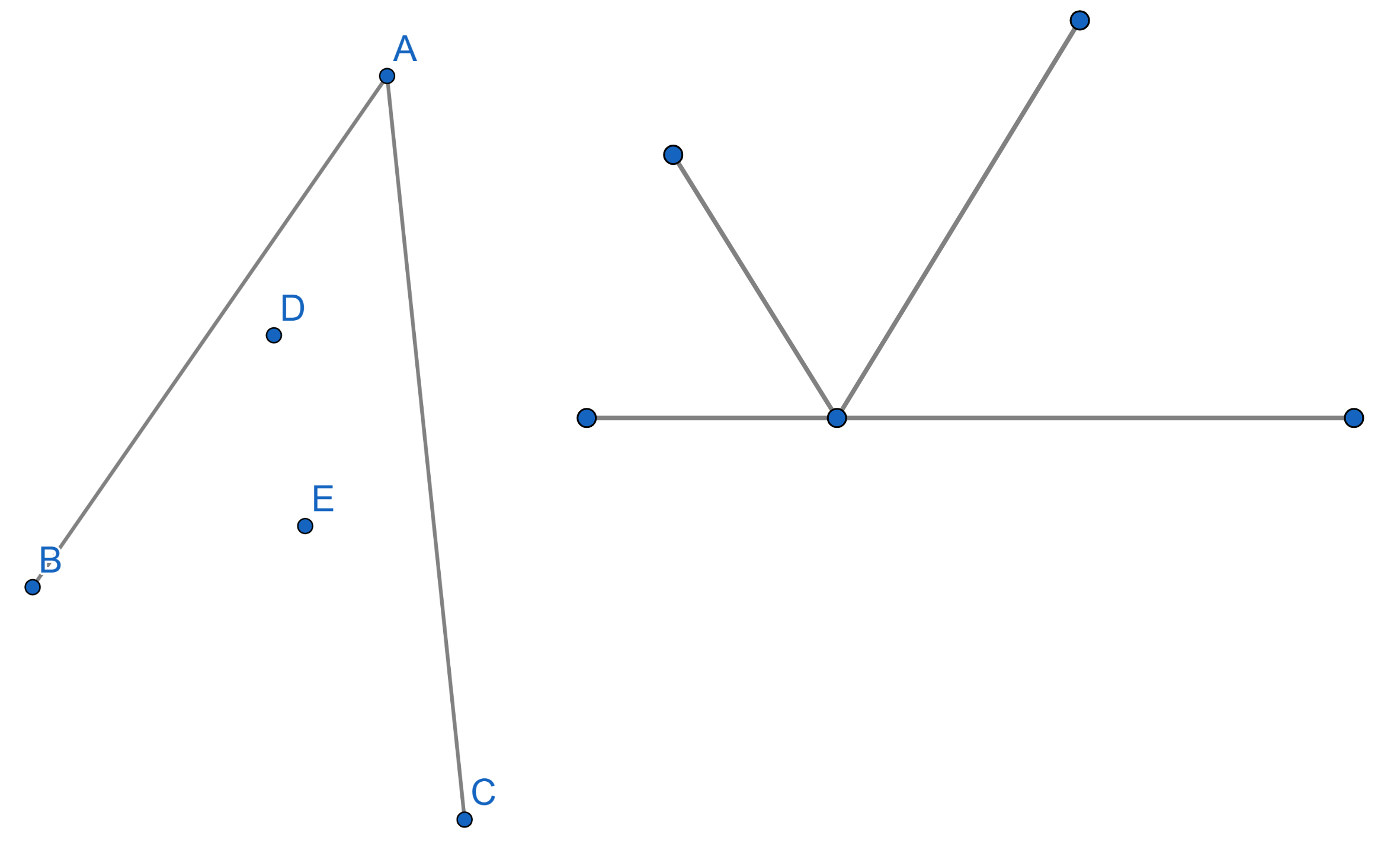Problems
In the last room, there are two doors, but someone broke into this room and the signs that used to be on the doors are now on the floor! You do not know which sign was on which door, but the statements on them say:
There is a trap behind this door.
There are traps behind both doors.
Your guide says: The first sign is true if there is treasure behind the first door, otherwise it is false. The second sign is false if there is treasure behind the second door, otherwise it is true.
But you don’t know which sign is first! What do you do?
Scrooge McDuck has \(100\) golden coins on his office table. He wants to distribute them into \(10\) piles so that no two piles contain the same amount of coins. Moreover, no matter how you divide any of the piles into two smaller piles, among the resulting \(11\) piles there will be two with the same amount of coins. Find an example of how he could do that.
Now there are finitely many infinitely long buses with seats numbered as \(1,2,3,...\) carrying infinitely many guests each arriving at the full hotel. Now what do you do?
How about infinitely many very long buses with seats numbered \(1,2,3...\), each carrying infinitely many guests, all arriving at the hotel. Assume for now that the hotel is empty. But that seems like a lot of guests to accommodate. What should you do?
The whole idea of problems with Hilbert’s Hotel is about assigning numbers to elements of an infinite set. We say that a set of items is countable if and only if we can give all the items of the set as gifts to the guests at the Hilbert’s hotel, and each guest gets at most one gift. In other words, it means that we can assign a natural number to every item of the set. Evidently, the set of all the natural numbers is countable: we gift the number \(n\) to the guest in room \(n\).
The set of all integers, \(\mathbb{Z}\), is also countable. We gift the number \(n\) to the guest in room \(n\). Then we ask everyone to take their gift and move to the room double their original number. Rooms with odd numbers are now free (\(1, 3, 5, 7, \dots\)). We fill these rooms with guests from an infinite bus and gift the number \(-k\) to the guest in room \(2k+1\). Yes, that’s right: the person in the first room will be gifted the number \(0\).
Prove now that the set of all positive rational numbers, \(\mathbb{Q}^+\), is also countable. Recall that a rational number can be represented as a fraction \(\frac{p}{q}\) where the numbers \(p\) and \(q\) are coprime.
In how many ways can \(\{1, . . . , n\}\) be written as the union of two sets? Here, for example, \(\{1, 2, 3, 4\}\cup\{4, 5\}\) and \(\{4, 5\}\cup\{1, 2, 3, 4\}\) count as the same way of writing \(\{1, 2, 3, 4, 5\}\) as a union.
Prove for any natural number \(n\) that \((n + 1)(n + 2). . .(2n)\) is divisible by \(2^n\).
Between two mirrors \(AB\) and \(AC\), forming a sharp angle two points \(D\) and \(E\) are located. In what direction should one shine a ray of light from the point \(D\) in such a way that it would reflect off both mirrors and hit the point \(E\)?
If a ray of light comes towards a surface under a certain angle, it is reflected with the same angle as on the picture.

\(ABC\) is a triangle. The circumscribed circle is the circle that touches all three vertices of the triangle \(ABC\). It is also the smallest circle lying entirely outside the triangle. The center of the circumscribed circle is \(D\).
The inscribed circle is the circle which touches all three sides of the triangle \(ABC\). It is also the largest circle lying entirely inside the triangle. The center of the inscribed circle is \(E\).
The points \(D\) and \(E\) are symmetric with respect to the segment \(AC\). Find the angles of the triangle \(ABC\).
